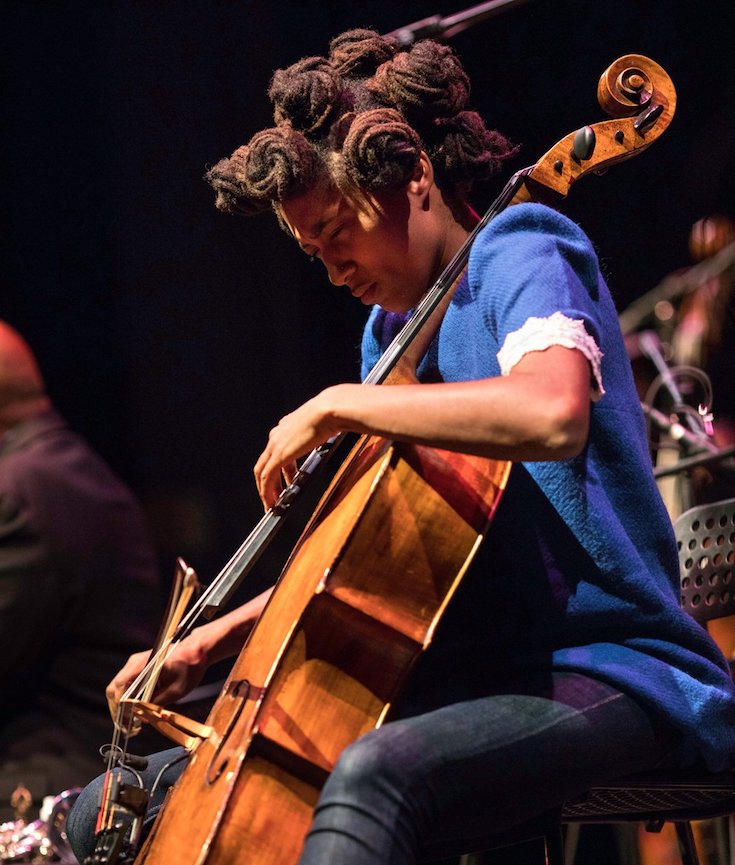[dropcap]The[/dropcap] October Revolution in Jazz & Contemporary Music was something like a State of the Union for free improvisation and avant-garde composition, and also a statement of potential. An intergenerational sweep of experimentalists — including younger acts as well as many of free jazz’s first-generation heroes, now in their 70s, 80s and 90s — appeared on a well-appointed stage in a city not known for high-budget jazz presentations. It was a rare institutional moment for the improvising avant-garde and maybe proof that in a moment when jazz is surging, the United States can respect its fringes on a level that only Europe historically has. [mc4wp_form id=”6042″]
But all weekend, you got the sense that the good stuff was happening onstage — not much of the music’s live-wire energy was penetrating the audience or getting passed around. In a way, this festival was running in a different, almost opposing, direction from its inspiration.
 Ryan Collerd for The New York Times | Photo Credit
Ryan Collerd for The New York Times | Photo Credit
 Ryan Collerd for The New York Times | Photo Credit
Ryan Collerd for The New York Times | Photo Credit
NATIONAL MUSEUM OF AFRICAN AMERICAN HISTORY & CULTURE | WASHINGTON, DC
The National Museum of African American History and Culture is the only national museum devoted exclusively to the documentation of African American life, history, and culture. It was established by Act of Congress in 2003, following decades of efforts to promote and highlight the contributions of African Americans. To date, the Museum has collected more than 36,000 artifacts and nearly 100,000 individuals have become charter members. The Museum opened to the public on September 24, 2016, as the 19th and newest museum of the Smithsonian Institution. (Website).


You must be logged in to post a comment.